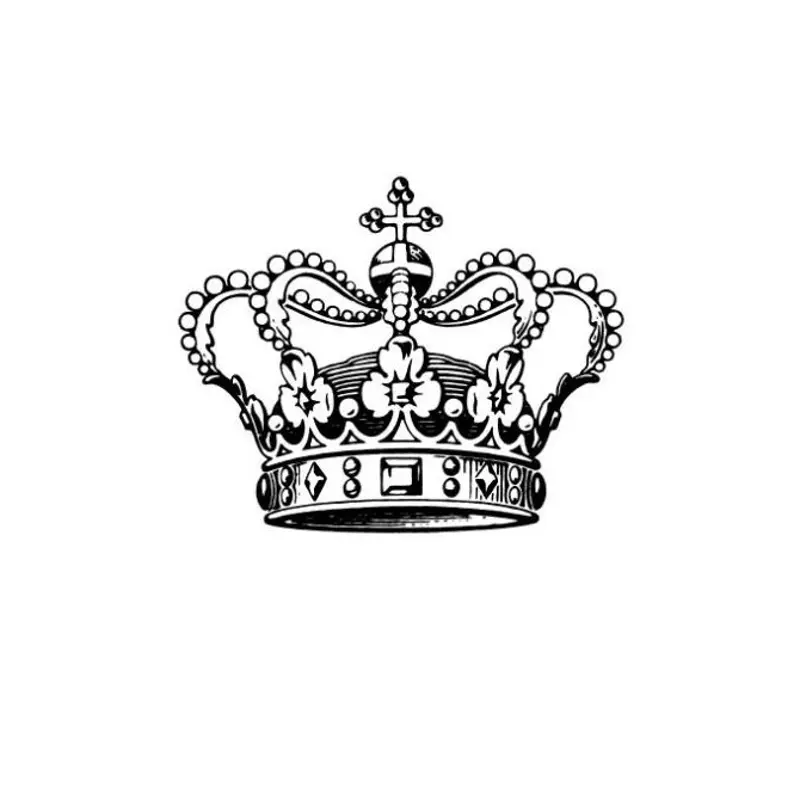Abdication
When HM The Queen abdicates at the Council of State on Sunday, 14 January 2024, it will be the first time in nearly 900 years that this has happened in Denmark – thus, it will be an extraordinary and historic event.

The term “abdication” comes from the Latin word “abdicare”, which means that one relinquishes something.
The expression is traditionally used regarding the situation in which a sitting sovereign voluntarily gives up his or her throne or authority.
In some countries, it is the custom, or at least something that occurs, that the head of state makes room for the next generation by stepping down – abdicating.
This is the case in, among other countries, The Netherlands, where four out of six sovereigns since the monarchy was established in 1813 have abdicated. This occurred most recently in 2013, when the then Queen Beatrix handed over the throne to her eldest son, His Majesty King Willem-Alexander, on Queen’s Day on 30 April. Queen Beatrix herself assumed the throne through the abdication of her mother, Queen Juliana, in 1980.
Also in Belgium, Luxembourg and Spain, there are examples of the head of state stepping aside by abdication in recent times.
In other countries, including Denmark, Norway and Sweden, there is no tradition of abdicating. The last time a Danish sovereign voluntarily gave up the throne before his death was thus in 1146, when the king Erik the 3rd Lam stepped down – to enter a monastery, in fact.
Even though abdication is therefore not Danish constitutional practice, the Act on Succession to the Throne of the Kingdom of Denmark presumes that abdication can take place, as § 6 of the act stipulates that the act’s other provisions – which are based on the death of the sovereign – also apply in case the sovereign relinquishes the throne.


